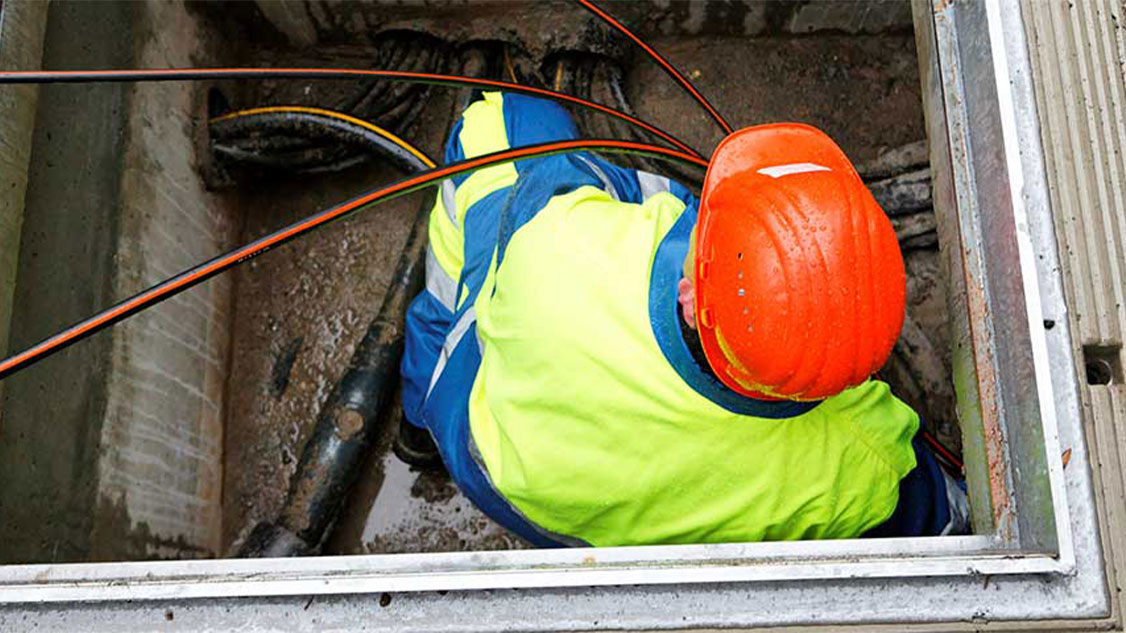FTTH
Fibre to the home – fibre-optic cable is laid to the home or office.
FTTS
Fibre to the street – fibre-optic cables are laid up to the distribution point in the street (about 200 m from the building) and from there the signal is transferred to existing copper cables.
FTTH Point-to-Multipoint (P2MP)
In the point-to-multipoint architecture, several customers share one fibre-optic feeder cable between the exchange and the distribution point in the street. In the distribution point, the optical signal is split by a splitter into several fibres that lead to the customer connections.
Layer 3 access in P2MP networks
Competitors who only want to access individual customers are given virtual access (Layer 3) to them.
Layer 1 access in P2MP networks using the example of a fibre-optic partnership
Salt obtains a long-term right to use fibre-optic cables in the point-to-multipoint architecture from the Swisscom exchange (Layer 1) and thus gains access to all connected customers. Salt transfers the physical fibre-optic feeder cable to its own infrastructure, which will be installed at the Swisscom exchange.
FTTH Point-to-Point (P2P)
In the point-to-point architecture, each customer connection has its own continuous optical fibre through to the Swisscom exchange. Competitors can be given physical access to the optical fibre at the Swisscom exchange (Layer 1 access); the competitor transfers the physical optical fibre of an individual customer to its own infrastructure.
